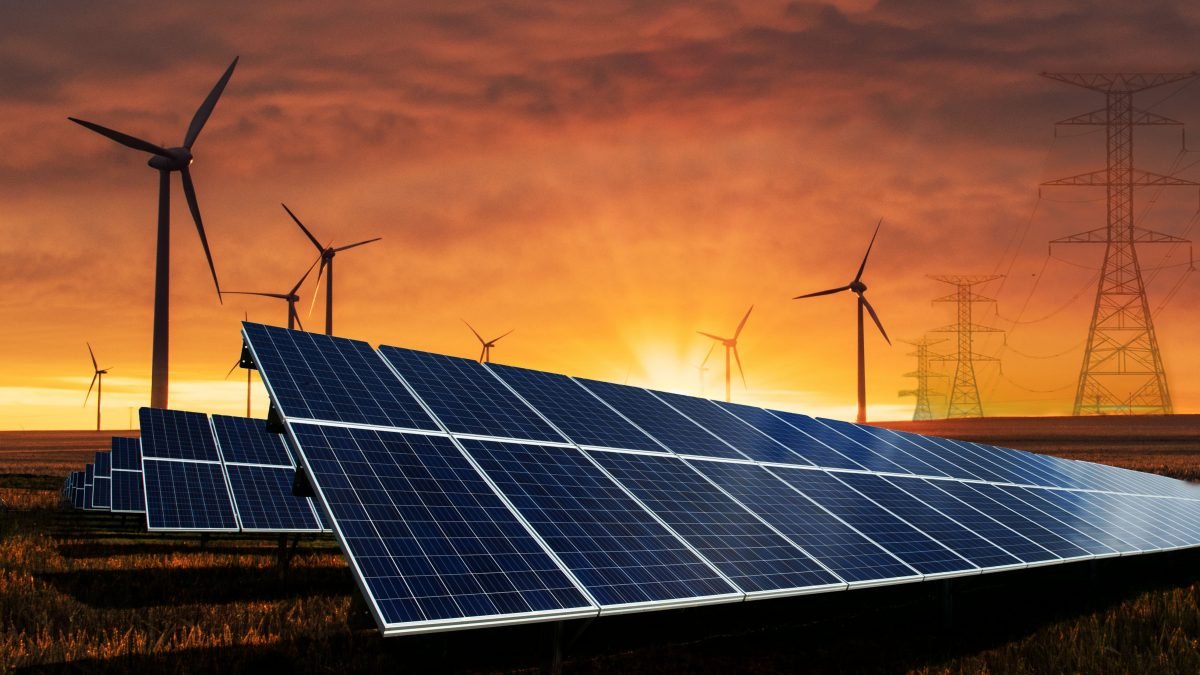Solar energy is more popular than ever, with homeowners and businesses turning to solar panels as a sustainable and cost-effective energy solution. But one question remains prevalent: What is the useful economic life of solar panels? Understanding this concept is crucial for anyone considering an investment in solar energy.
Understanding Solar Panels
Solar panels are complex devices made up of various components designed to convert sunlight into electricity. There are different types of solar panels, including monocrystalline, polycrystalline, and thin-film, each with unique characteristics and efficiencies.
Factors Influencing the Useful Economic Life of Solar Panels
The useful economic life of solar panels is influenced by several factors. The quality of materials used in production plays a significant role. High-quality materials typically result in more durable and long-lasting panels. Similarly, advanced manufacturing processes ensure better performance and longevity. Proper installation practices also affect the overall lifespan of solar panels.
Environmental Factors
Solar panels are exposed to the elements, making environmental factors critical in determining their lifespan. Climate and weather conditions, such as extreme temperatures and heavy snowfall, can impact their performance. Temperature fluctuations can cause thermal cycling, which stresses the panels over time. Shading and dirt accumulation also reduce efficiency and can lead to quicker degradation.
Technological Advancements
Technology is continuously evolving, leading to improvements in solar panel design and materials. These advancements help extend the lifespan of solar panels, making them more resilient to environmental stresses. Innovations such as better cell efficiency and more robust panel structures contribute to longer useful economic life.
Maintenance and Care
Proper maintenance is essential for maximizing the lifespan of solar panels. Routine maintenance includes regular inspections, cleaning to remove dirt and debris, and checking for any signs of damage or wear. Preventative measures, such as trimming nearby trees to reduce shading, can also help maintain optimal performance.
Degradation Rates
Solar panels degrade over time, typically at an annual rate of around 0.5% to 1%. This means that after 20 years, a solar panel might operate at 80-90% of its original efficiency. Different types of panels have varying degradation rates, with monocrystalline panels generally degrading more slowly than polycrystalline and thin-film panels.
Economic Considerations
When considering solar panels, it’s important to weigh the initial investment against long-term savings. While solar panels can be expensive upfront, the long-term benefits in terms of energy savings and potential government incentives can make them a worthwhile investment. A cost-benefit analysis can help determine the financial viability of solar energy systems.
Manufacturer Warranties
Most solar panels come with warranties that reflect their expected useful life. Standard warranty periods are typically 25 years, covering both product defects and performance guarantees. Understanding the specifics of these warranties is crucial, as they provide a benchmark for the panel’s lifespan and reliability.
Case Studies and Real-World Data
Examining case studies and real-world data can provide valuable insights into the actual performance and longevity of solar panels. Many large-scale solar installations have demonstrated that panels can continue to perform efficiently for decades, often exceeding their warranty periods.
Recycling and Disposal
As solar panels reach the end of their useful life, recycling and disposal become important considerations. Advances in recycling technology have made it possible to recover valuable materials from old panels, reducing environmental impact. Proper disposal methods are essential to mitigate any negative effects on the environment.
Future Trends
The future of solar panel technology looks promising, with ongoing research aimed at further extending their lifespan. Emerging technologies, such as perovskite solar cells and bifacial panels, offer potential improvements in efficiency and durability. Artificial intelligence is also playing a role in predictive maintenance, helping to identify and address issues before they lead to significant degradation.
Conclusion
In summary, the useful economic life of solar panels is influenced by a variety of factors, including material quality, environmental conditions, technological advancements, and maintenance practices. With proper care and attention, solar panels can provide reliable energy for several decades, making them a sound investment for sustainable energy solutions.
